1. What are the common causes of knee pain?
Knee pain can be caused by a variety of factors, including:
- Injuries: Ligament injuries (such as ACL tears), meniscus tears, fractures, and dislocations.
- Arthritis: Osteoarthritis, rheumatoid arthritis, and gout.
- Mechanical problems: Loose bodies, iliotibial band syndrome, and patellar tendinitis.
- Infections: Septic arthritis and infected bursae.
- Overuse: Repetitive stress or strain from activities like running or jumping.
2. How can I relieve knee pain at home?
There are several home remedies and self-care strategies to relieve knee pain:
- Rest: Avoid putting weight on the knee and take a break from activities that exacerbate pain.
- Ice: Apply ice packs to reduce swelling and numb pain.
- Compression: Use an elastic bandage or knee brace to provide support and reduce swelling.
- Elevation: Keep the knee raised above heart level to minimize swelling.
- Over-the-counter pain relievers: Medications like ibuprofen or acetaminophen can help manage pain and inflammation.
- Gentle exercises: Strengthening and stretching exercises can improve mobility and support.
3. When should I see a doctor for knee pain?
You should see a doctor if you experience:
- Severe pain or swelling.
- Inability to bear weight on the knee.
- Obvious deformity or significant instability.
- Fever with redness, pain, and swelling.
- Pain that persists for more than a few weeks despite home treatment.

4. What exercises are best for strengthening the knees?
Exercises that strengthen the muscles around the knee and improve flexibility include:
- Quadriceps strengthening: Straight leg raises and squats.
- Hamstring strengthening: Hamstring curls.
- Calf strengthening: Calf raises.
- Hip strengthening: Side-lying leg raises and clamshells.
- Low-impact activities: Swimming, cycling, and walking.
5. Can diet affect knee pain and joint health?
Yes, diet can play a role in knee pain and joint health. A healthy diet can help reduce inflammation and support joint function:
- Anti-inflammatory foods: Fruits, vegetables, nuts, fatty fish, and olive oil.
- Weight management: Maintaining a healthy weight reduces stress on the knees.
- Nutrient-rich foods: Foods high in vitamins C and D, calcium, and omega-3 fatty acids support joint health.
6. What are the symptoms of arthritis in the knee?
Symptoms of knee arthritis include:
- Pain that increases with activity.
- Stiffness, especially after rest.
- Swelling and tenderness.
- Reduced range of motion.
- A feeling of warmth in the joint.
- Grinding or popping sensations.
7. How do I know if my knee pain is serious?
Serious knee pain may be indicated by:
- Sudden and severe pain.
- Inability to bear weight or walk.
- Significant swelling or redness.
- Deformity or obvious injury.
- Fever accompanying the knee pain.
- Persistent pain despite home treatment.
8. What is the best over-the-counter medication for knee pain?
Over-the-counter medications for knee pain include:
- Nonsteroidal anti-inflammatory drugs (NSAIDs): Ibuprofen (Advil, Motrin) and naproxen (Aleve) can reduce pain and inflammation.
- Acetaminophen: (Tylenol) can help manage pain but does not reduce inflammation.
9. Are there any natural remedies for knee pain?
Natural remedies for knee pain include:
- Heat and cold therapy: Alternating between heat packs and ice packs.
- Supplements: Glucosamine, chondroitin, and turmeric.
- Massage: Can improve circulation and reduce pain.
- Acupuncture: May provide pain relief for some individuals.
- Topical treatments: Arnica gel or capsaicin cream.

10. What could be causing my knee to swell?
Knee swelling can be caused by:
- Injuries: Ligament tears, meniscus tears, or fractures.
- Arthritis: Inflammatory or degenerative.
- Infections: Septic arthritis or infected bursae.
- Overuse: Repetitive stress or strain.
- Medical conditions: Gout, pseudogout, or rheumatoid arthritis.
11. How can I prevent knee injuries during sports?
Preventing knee injuries involves:
- Warming up: Properly before activities.
- Strength training: To build supportive muscles around the knee.
- Flexibility exercises: To maintain good range of motion.
- Proper technique: Using correct form and equipment.
- Gradual progression: Increasing activity levels gradually.
- Protective gear: Wearing knee braces or pads if necessary.
12. What is runner’s knee and how can it be treated?
Runner’s knee, or patellofemoral pain syndrome, is pain around the kneecap. Treatment includes:
- Rest and ice: To reduce pain and swelling.
- Compression: Using knee braces or taping.
- Elevation: Keeping the knee elevated.
- Strengthening exercises: Focusing on the quadriceps and hip muscles.
- Stretching: To improve flexibility.
- Orthotics: Custom shoe inserts to correct alignment issues.
13. Can knee pain be a sign of something more serious?
Yes, knee pain can indicate serious conditions such as:
- Fractures: Or dislocations.
- Infections: Such as septic arthritis.
- Systemic diseases: Like rheumatoid arthritis or lupus.
- Tumors: Though rare, they can cause knee pain.

14. What is the difference between osteoarthritis and rheumatoid arthritis in the knee?
- Osteoarthritis: A degenerative joint disease caused by wear and tear on the cartilage.
- Symptoms: Pain, stiffness, swelling, and reduced range of motion.
- Rheumatoid arthritis: An autoimmune disease where the body’s immune system attacks the joint lining.
- Symptoms: Pain, swelling, stiffness, and joint deformity, often affecting multiple joints symmetrically.
15. How can I manage chronic knee pain?
Managing chronic knee pain involves:
- Medications: NSAIDs, acetaminophen, or prescription medications.
- Physical therapy: Exercises to strengthen and stabilize the knee.
- Lifestyle changes: Weight management and low-impact activities.
- Assistive devices: Braces or orthotics.
- Injections: Corticosteroids or hyaluronic acid.
- Alternative therapies: Acupuncture, massage, or chiropractic care.
- Surgery: In severe cases, procedures like arthroscopy or knee replacement may be necessary.




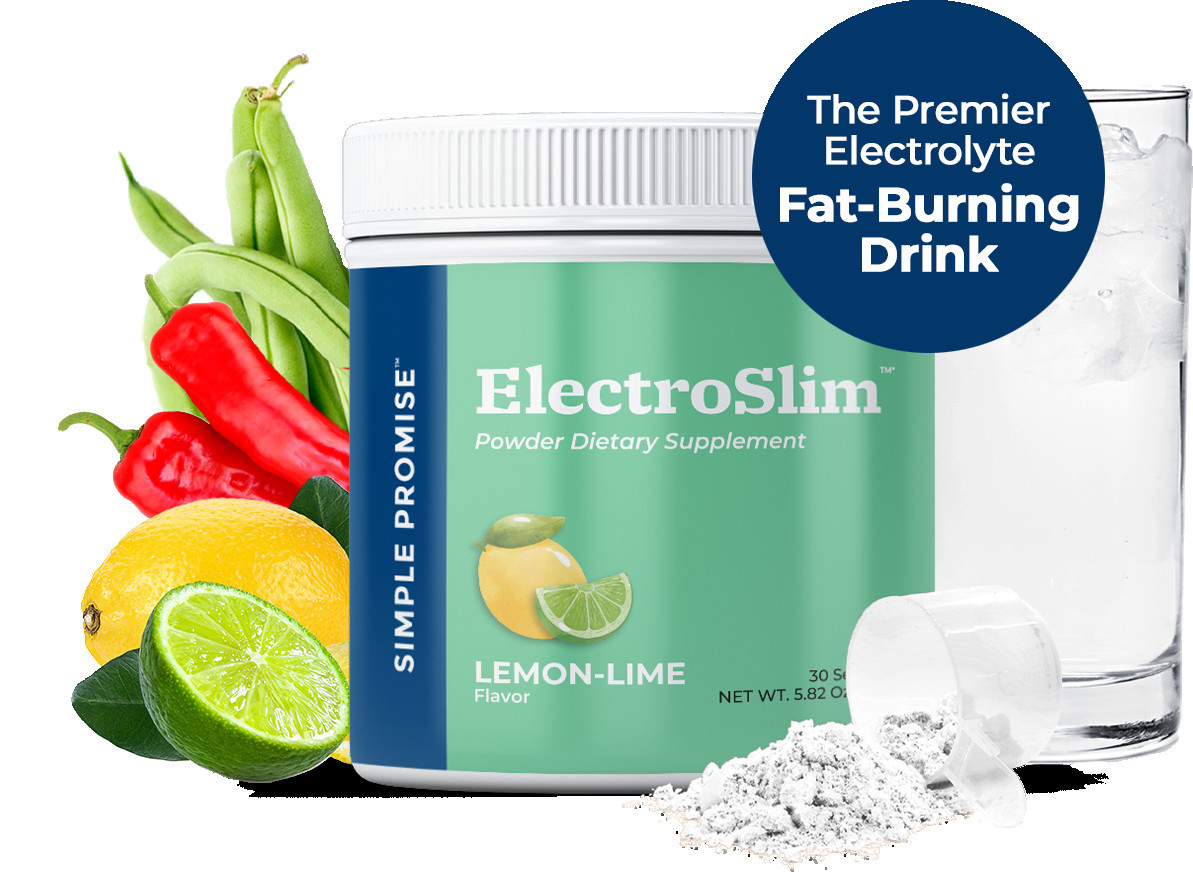

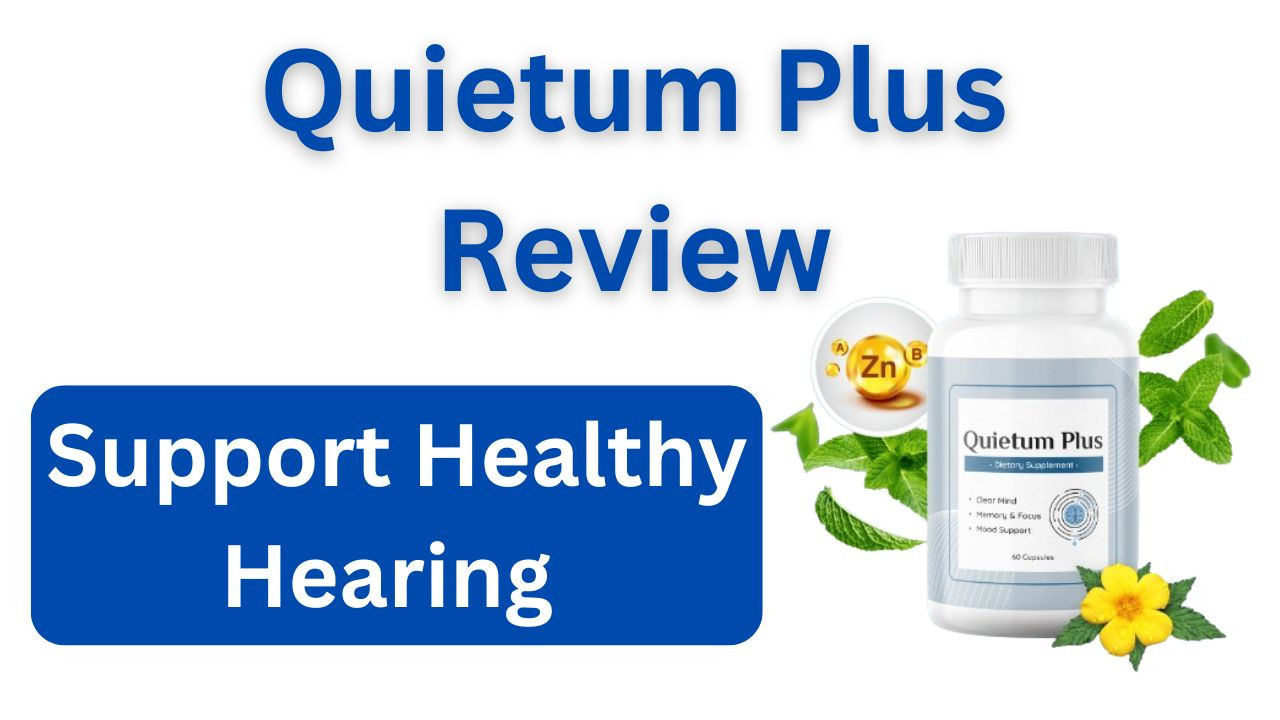
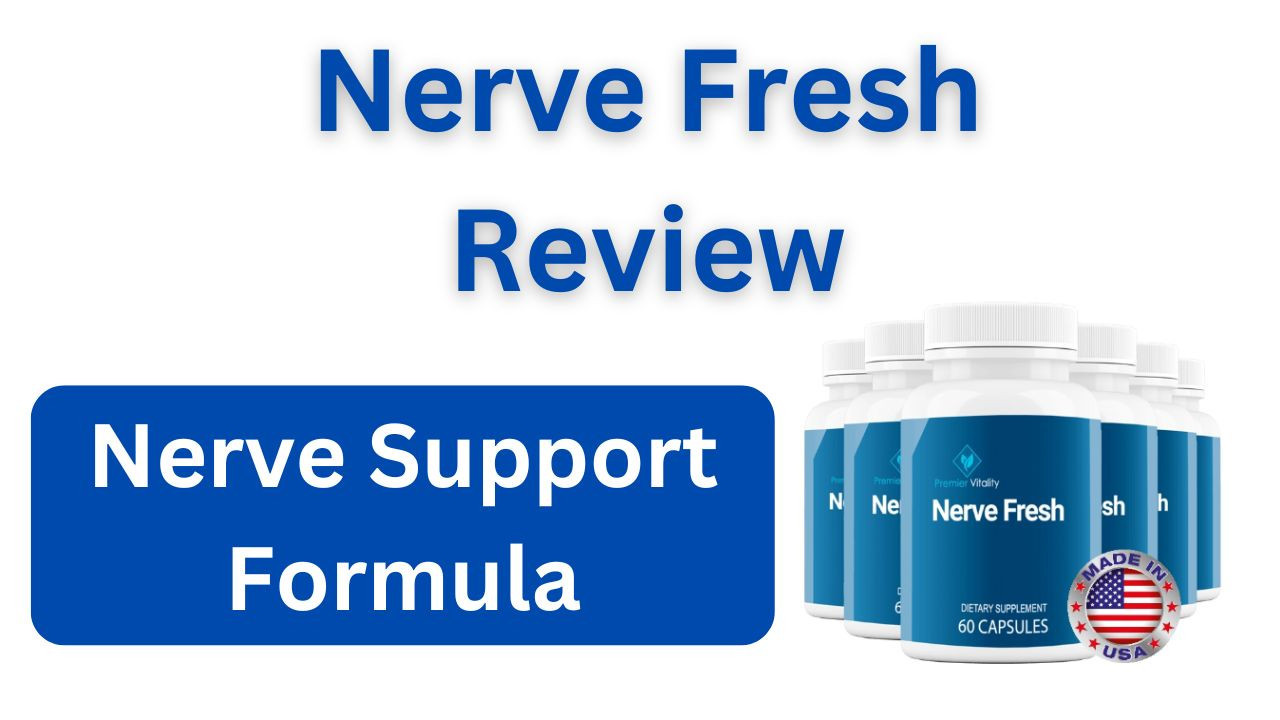
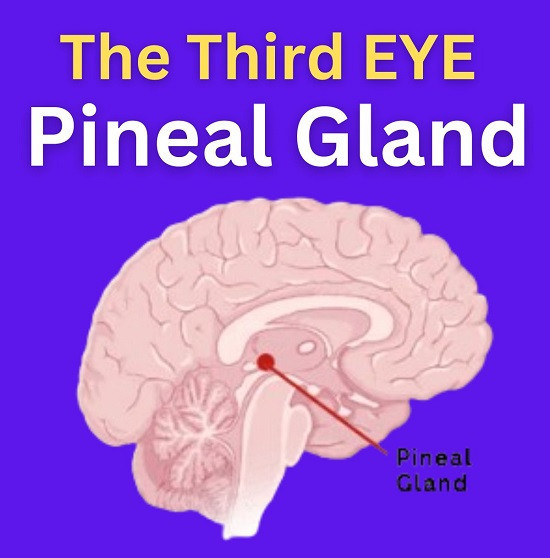
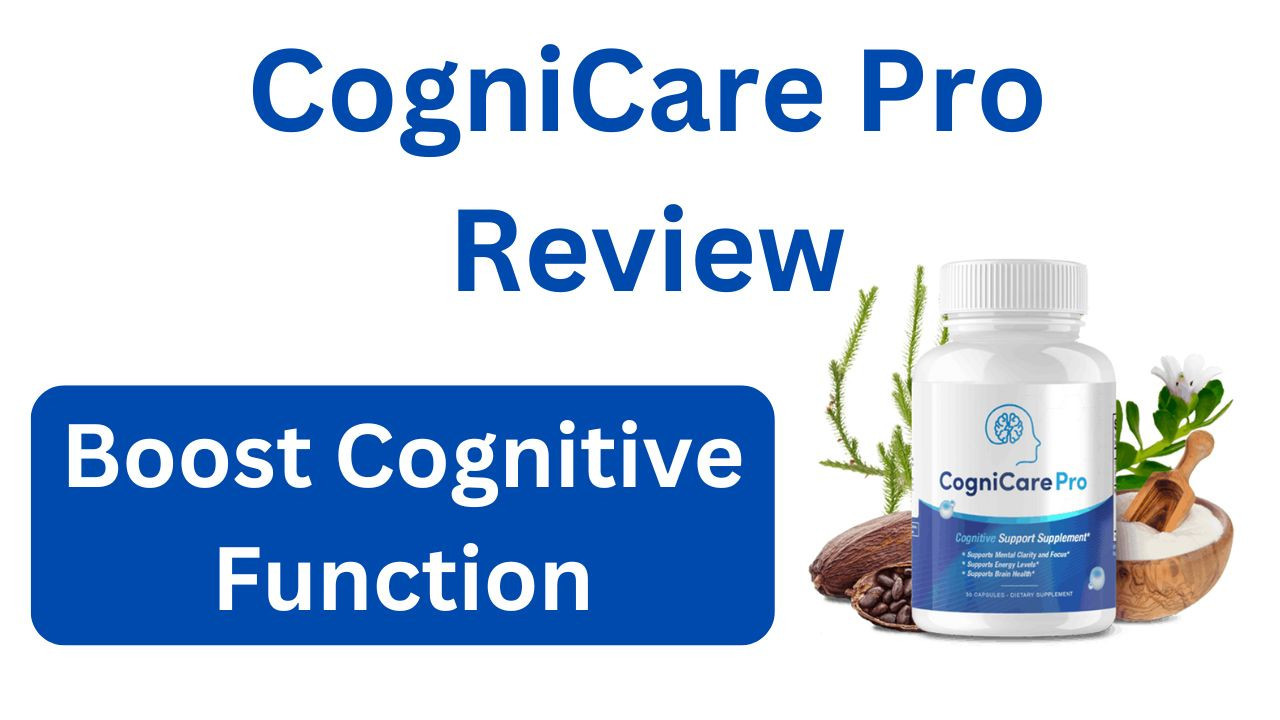
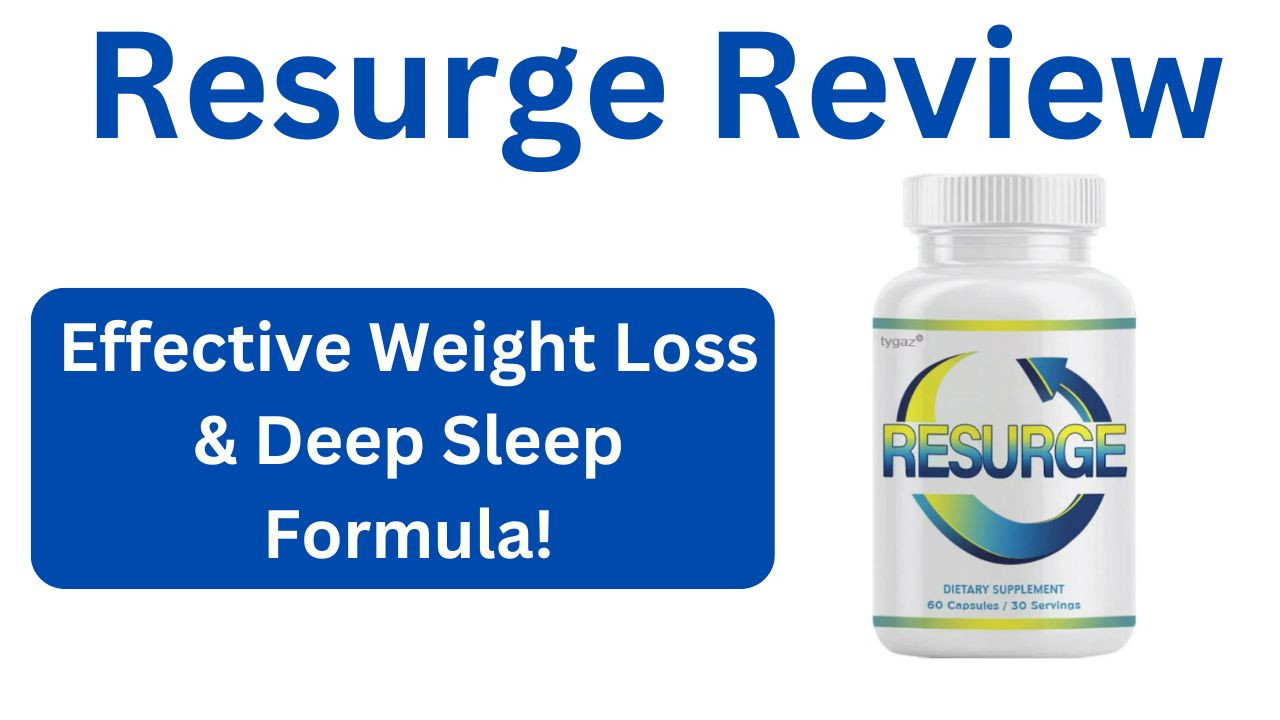
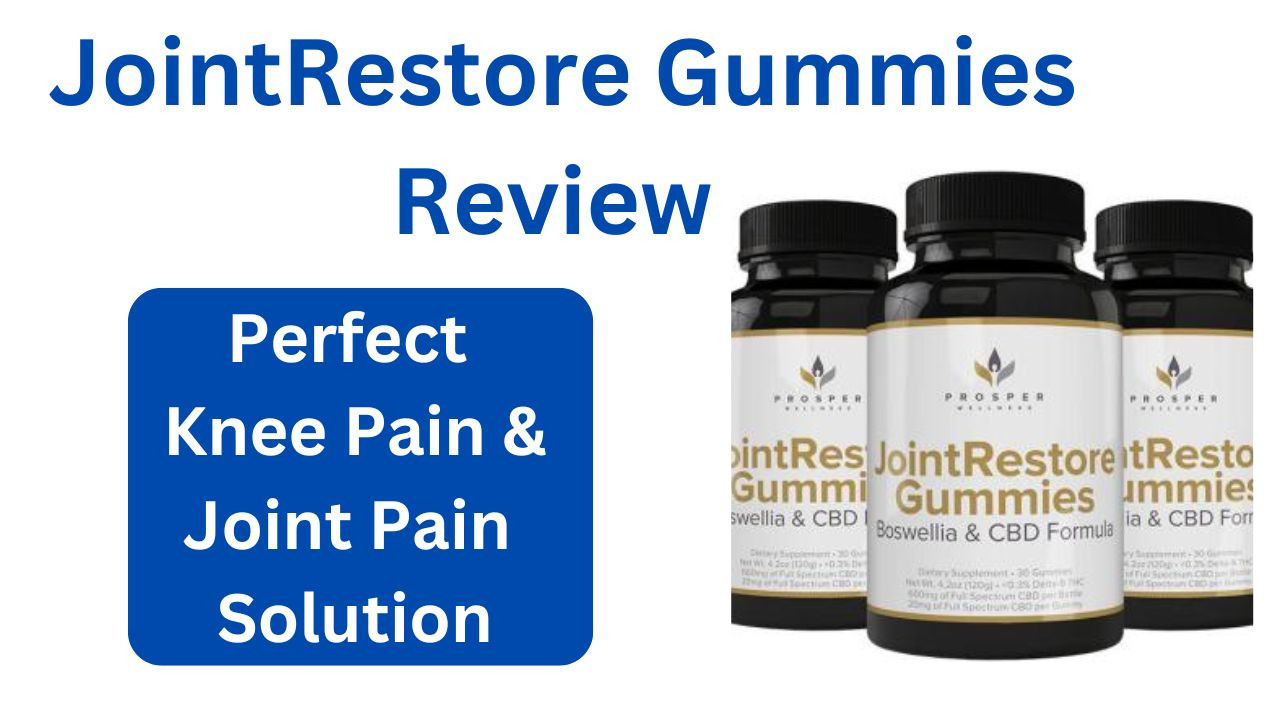

Facebook Conversations